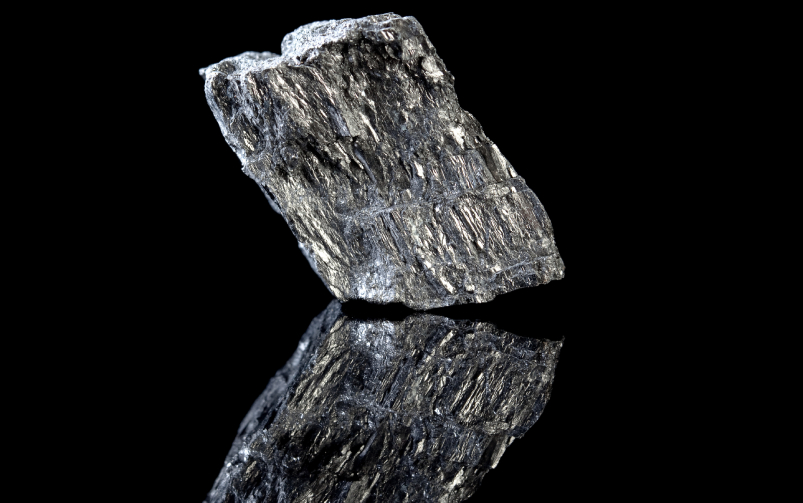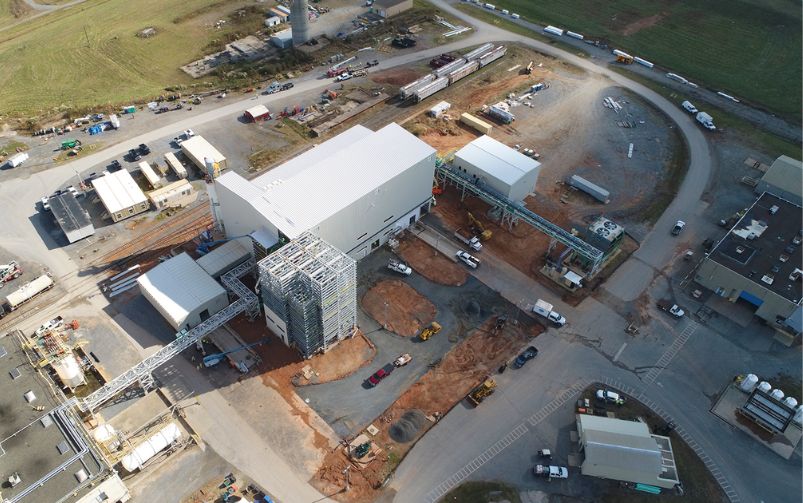Caption: Cameco’s Cigar Lake operations in northern Saskatchewan. Cameco’s shares hit an all-time high on the back of uranium optimism. Courtesy of Cameco.
Welcome back to your weekly mining news recap, where we catch you up on some of the news you may have missed. This week’s headlines include a new mining strategy video game, Giga Metals releases pre-feasibility study, and a proposed lithium complex in Thunder Bay.
Cameco shares reached an all-time high of $54.54 on Monday, thanks to the positive sentiment around nuclear power as a carbonless alternative to fossil fuels, as reported by The Globe and Mail. The company recently cut its production forecast for the year by eight per cent. Several countries including Canada, France, Japan and Russia are either extending their large reactor fleets or building new projects. There are 437 reactors around the world providing 10 per cent of the world’s energy, although that has declined from 17.5 per cent in the mid-1990s.
Industry groups estimate that the lack of follow-through on government clean technology incentives will put more than $50 billion in investments at risk, as reported by Reuters. Central to the concern is the approximately $27 billion in investment tax credits that the Trudeau government has promised, but not yet legislated. Businesses, such as cement and petrochemical producers, have been hesitant to invest in net-zero technology projects and manufacturing while the incentives remain unlegislated. The American tax incentives for similar industries have already been active for over a year.
B2Gold’s Goose gold project in Nunavut is on schedule to start operations in the first quarter of 2025, having received all long lead items necessary for 2024 construction, as reported by Canadian Mining Journal. B2Gold officially acquired the mine in April as part of its takeover of Sabina Gold and Silver. According to the miner, $530 million of the total $890 million estimated costs have already been spent on capital development expenditures. The project plans to produce an average of 300,000 gold ounces per year over the first five years, once the two-year construction period concludes.
Mine Evolution is a new digital strategy game where users can run multiple mines across Canada to extract critical minerals including lithium, nickel and copper and earn financial, social and environmental credits to grow their operations, wrote Silvia Pikal in the September/October issue of CIM Magazine. The collaboration between CIM and Science North, a science centre in Sudbury, Ontario, intends to inspire elementary and secondary school students to consider a career in the mining industry. Mine Evolution is available for download in English and French for PCs, Android and Apple devices and can be played offline.
Giga Metals Corporation announced the results of a pre-feasibility study at its Turnagain nickel project in northern British Columbia. The study estimates an annual production of 37,288 tonnes of nickel-cobalt concentrate per year over a 30-year project life. The pre-tax net present value is estimated to be US$717 million and 11.1 per cent internal rate of return with a seven per cent discount rate, assuming a long-term nickel price of US$9.75 per pound. Turnagain would be an open-pit operation with its tailings management facility optimized to sequester carbon.
Avalon Advanced Materials has announced plans to open an even larger lithium processing plant in Thunder Bay, Ontario, than initially anticipated, as reported by Northern Ontario Business. The company announced the purchase of an old mill site to build the plant in June this year. Should the project get the green light, it plans to employ more than 500 people and would be open by 2028.
In the August issue of CIM Magazine, Kelsey Rolfe wrote about the complicated process of developing tires tailored to the unique requirements of oil sands mining. Tires used in the oil sands must be engineered to be heat resistant, optimized for different seasons and be able to endure high levels of torque.
The World Gold Council’s 33 members have all agreed to take several steps to increase transparency in the gold supply chain, as reported by Supply Management. The measures include publishing the names of their refining partners, sharing core data on refineries and joining the new Gold Bar Integrity program. The change follows a pilot program last year where the council experimented with tracking gold via blockchain.
The Technology Access Centre for Oil Sands Sustainability at the Northern Alberta Institute of Technology has been investigating non-destructive ore characterization techniques for applications in oil sands mining, wrote Lynn Greiner in the August issue of CIM Magazine. Technologies such as hyperspectral imaging or nuclear magnetic resonance can be faster and cheaper than the lab-based methods that are typically used to determine the composition of oil sands cores. The project is due to continue for another year, and could be integrated into sites within the next year or two.
That’s all for this week. If you’ve got feedback, you can always reach us at editor@cim.org. If you’ve got something to add, why not join the conversation on our Facebook, Twitter, LinkedIn or Instagram pages?




